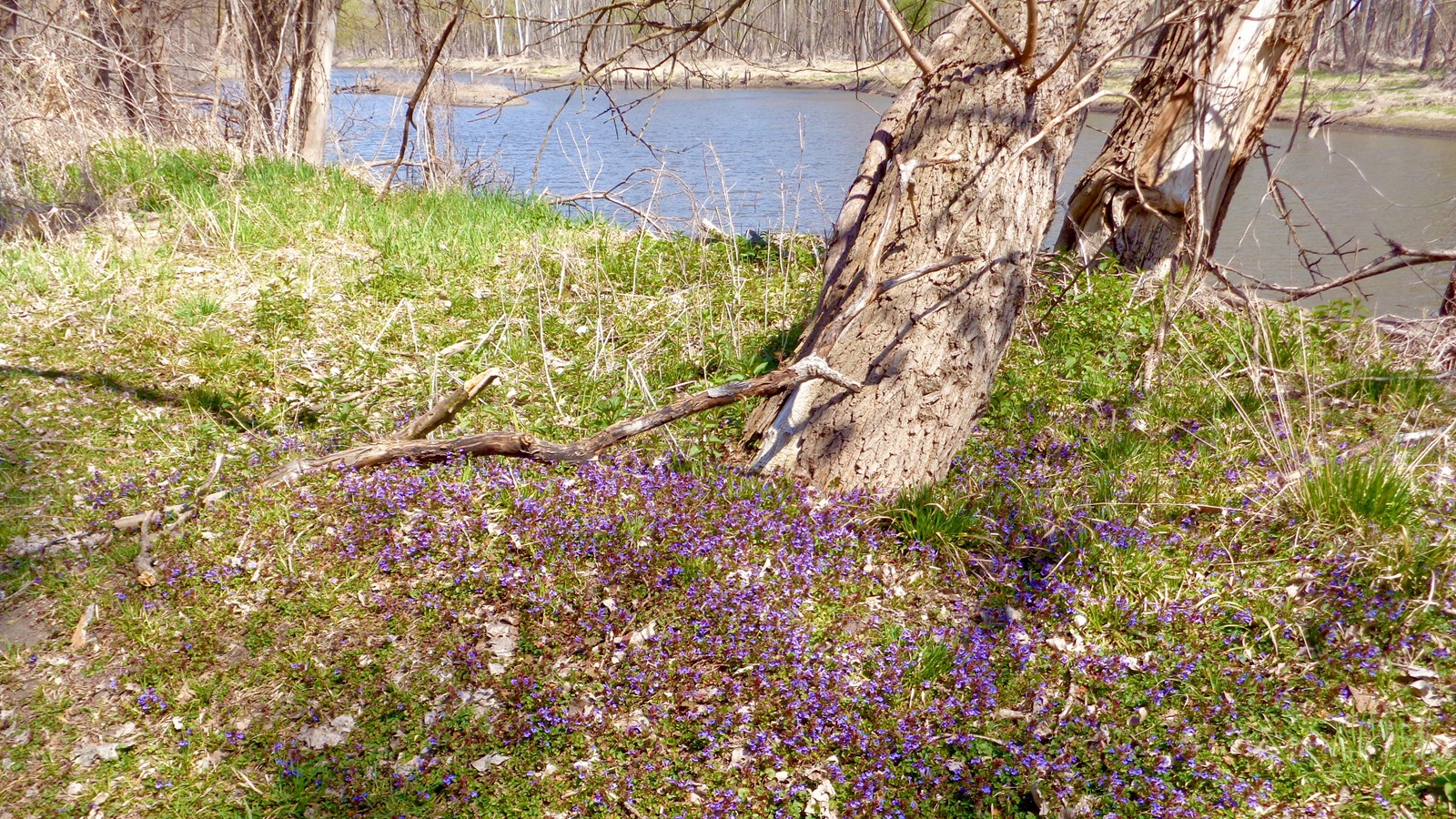Last updated: November 25, 2020
Place
White Catfish Camp

Lewis and Clark NHT Visitor Centers and Museums
This map shows a range of features associated with the Lewis and Clark National Historic Trail, which commemorates the 1803-1806 Lewis and Clark Expedition. The trail spans a large portion of the North American continent, from the Ohio River in Pittsburgh, Pennsylvania, to the mouth of the Columbia River in Oregon and Washington. The trail is comprised of the historic route of the Lewis and Clark Expedition, an auto tour route, high potential historic sites (shown in black), visitor centers (shown in orange), and pivotal places (shown in green). These features can be selected on the map to reveal additional information. Also shown is a base map displaying state boundaries, cities, rivers, and highways. The map conveys how a significant area of the North American continent was traversed by the Lewis and Clark Expedition and indicates the many places where visitors can learn about their journey and experience the landscape through which they traveled.
On July 22, 1804, the expedition made camp at a site approximately ten miles upstream of the Platte confluence, on the east side of the Missouri River. One of the men caught what was likely a channel catfish, which inspired the encampment’s name – White Catfish Camp. They stayed until July 26, replenishing food, refitting equipment, and attempting to contact the Otoe and Pawnee tribes. Clark wrote, “This being a good Situation and much nearer the Otteaus town than the Mouth of the Platt, we concluded to delay at this place a fiew days and Send for Some of the Chiefs of that nation to let them Know of the Change of Government, The wishes of our Government to Cultivate friendship with them, the Objects of our journy and to present them with a flag and Some Small presents.” A party sent overland located an Otoe village near the confluence of the Elkhorn and Platte rivers, but found it empty. The expedition again stayed at this camp during the return journey on September 8, 1806.
The exact location of White Catfish Camp is unknown. Although Lewis and Clark camped on what is now the Iowa side of the Missouri, the site is now most likely submerged by the river channel. The Iowa side of the river is privately owned, but on the Nebraska side Fontenelle Forest (a National Natural Landmark) provides public access via an excellent system of hiking trails that include Lewis and Clark interpretive wayside exhibits.
